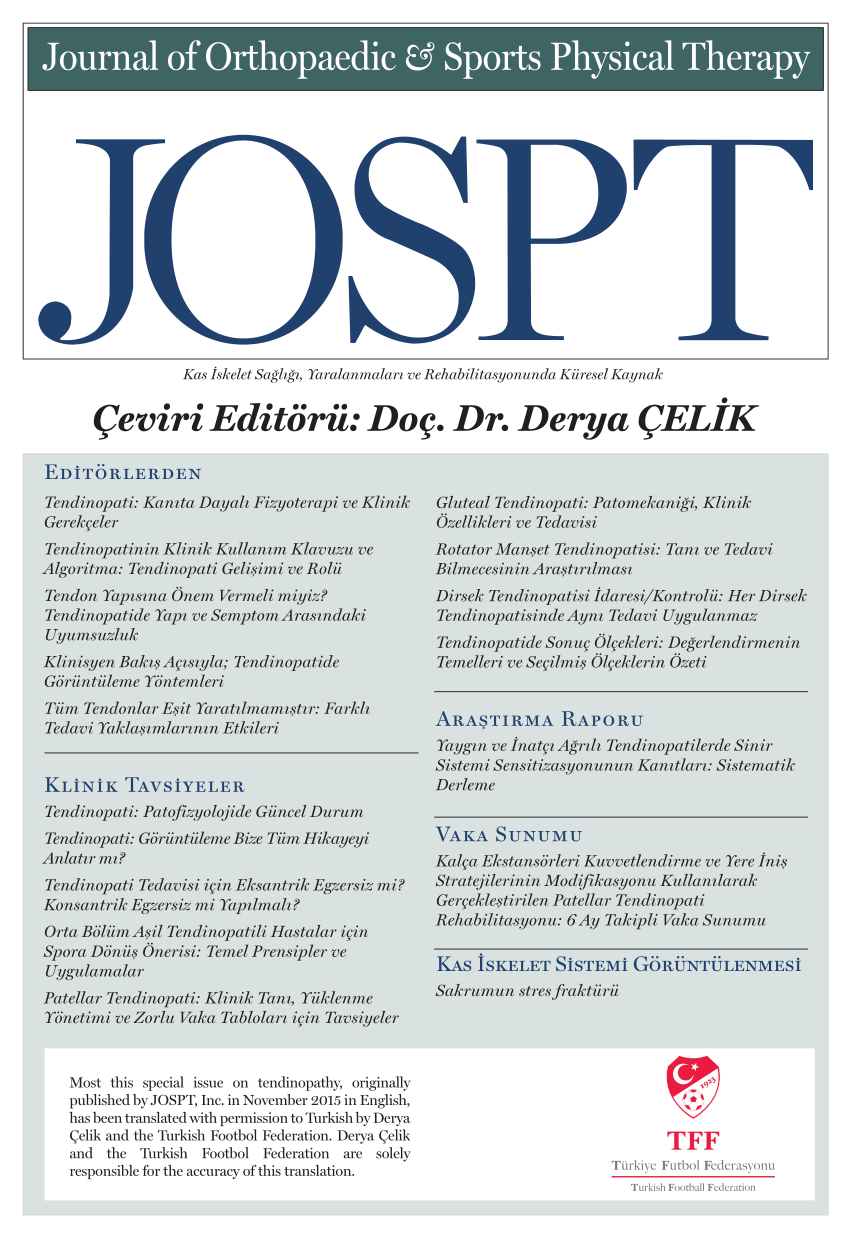
Exercise based on McKenzie System of Mechanical Diagnosis & Therapy effective for knee OA

Exercise based on McKenzie System of Mechanical Diagnosis & Therapy effective for knee OA
Efficacy of exercise intervention as determined by the McKenzie System of Mechanical Diagnosis and Therapy for knee osteoarthritis: a randomized controlled trial
J Orthop Sports Phys Ther. 2014 Mar;44(3):173-81, A1-6. doi: 10.2519/jospt.2014.4791Did you know you're eligible to earn 0.5 CME credits for reading this report? Click Here
Synopsis
180 patients diagnosed with knee OA were randomized to receive either an exercise intervention based on the McKenzie Mechanical Diagnosis and Therapy (MDT) system or no intervention (wait-list control), to compare pain and function. Additionally, an exploratory subgroup analysis was performed among exercise patients between those with a MDT derangement classification who received end-range exercis...
To view the full content, login to your account,
or start your 30-day FREE Trial today.
FREE TRIAL
LOGIN
Forgot Password?
Explore some of our unlocked ACE Reports below!

Learn about our AI Driven
High Impact Search Feature
Our AI driven High Impact metric calculates the impact an article will have by considering both the publishing journal and the content of the article itself. Built using the latest advances in natural language processing, OE High Impact predicts an article’s future number of citations better than impact factor alone.
Continue



 LOGIN
LOGIN

Join the Conversation
Please Login or Join to leave comments.